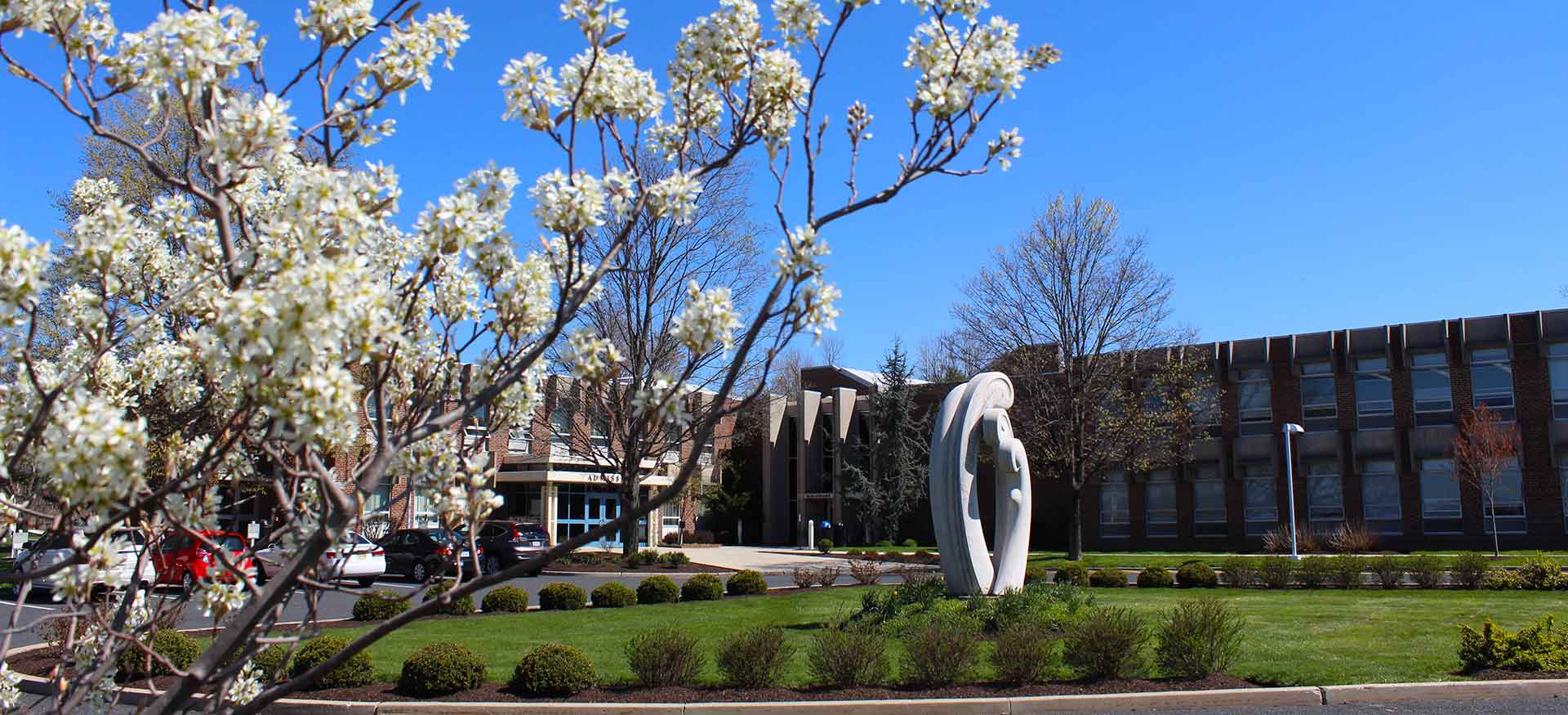From Crime Scenes to Raceways—DeSales Scholar Series Examines History of LVHN’s MedEvac Program
Most people practice medicine to save lives, but Tom Rothrock remembers the day that his own life was threatened.
On April 7, 1982, emergency services arrived at the Congress Apartments in Allentown. Rothrock, RN, MSN ’08, CFRN, NRP, was a paramedic at the time and recalled seeing a woman bleeding badly near the driveway of the building. Her husband had shot her and was now shooting at anyone who attempted to help.
“The bullets hit the pavement right by my feet,” said Rothrock. “That was the first time and only time—thank goodness—that I was ever shot at. But we were really stupid because we kept going right to the patient.”
Rothrock recounted the story during the latest installment of the DeSales Scholar Series—The History of Flight Nursing. After loading the patient into the ambulance, the crew discovered police cars blocking their exit. Out of options, they called for help from Lehigh Valley Health Network’s (LVHN) MedEvac. The MedEvac program wasn’t due to launch on-scene flights for another three weeks, but a helicopter soon arrived.
Rothrock was excited to have witnessed the inaugural on-scene flight of the program and was completely unaware that he’d later join the team as a registered nurse.
To become a flight nurse, one must undergo intensive training and gain experience treating numerous health conditions. One must also be willing to go anywhere that ambulances may struggle to—whether it’s a crime scene, a busy highway, or raceway.
According to Rothrock, working in aeromedical transportation is a thrilling job, which offers a sense of freedom that other medical professions may lack.
“I don’t have to call anyone and say, ‘Can we do that?’ That’s kind of the neat thing about the job. We have protocols and guidelines but you have to be able to think and make decisions on your feet.”
LVHN recently celebrated the 40th anniversary of its flight program and has had more than 76,000 patient flight missions.




